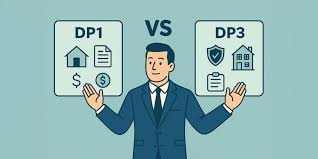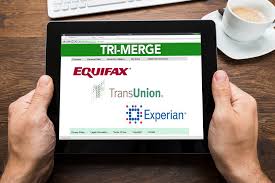Reverse mortgages have become a popular financial tool for seniors looking to tap into their home equity to supplement their retirement income. As a Florida Reverse Mortgage Broker, it’s essential to understand the intricacies of reverse mortgages to provide your clients with accurate and helpful information. This blog post will explore reverse mortgages in depth, covering their benefits, drawbacks, eligibility requirements, and the process of obtaining one.
What is a Reverse Mortgage?
A reverse mortgage in Florida is a type of loan available to homeowners aged 62 or older that allows them to convert part of the equity in their home into cash. Unlike a traditional mortgage, where the homeowner makes monthly payments to the lender, a reverse mortgage pays the homeowner. The loan is repaid when the homeowner sells the house, moves out permanently, or passes away.
Types of Reverse Mortgages in Florida
There are three main types of reverse mortgages available in Florida:
Home Equity Conversion Mortgage (HECM): Insured by the Federal Housing Administration (FHA), HECMs are the most common type of reverse mortgage. They come with flexible payment options, including lump sum, line of credit, or monthly payments.
Proprietary Reverse Mortgages: These are private loans backed by the companies that develop them. They are often used for high-value homes and can provide larger loan amounts than HECMs.
Single-Purpose Reverse Mortgages: Offered by some state and local government agencies and non-profit organizations, these loans can only be used for specific purposes, such as home repairs or property taxes.
Florida Reverse Mortgage Eligibility Requirements
To qualify for a Florida Reverse Mortgage, homeowners must meet the following criteria:
- Be at least 62 years old.
- Own the home outright or have a significant amount of equity.
- Live in the home as the primary residence.
- Be able to pay property taxes, homeowners insurance, and maintenance costs.
- Participate in a consumer information session given by a HUD-approved counselor.
How Does a Reverse Mortgage Work?
The amount you can borrow with a reverse mortgage depends on several factors, including:
- Your age (or the age of the youngest borrower in the case of a couple).
- The current interest rate.
- The appraised value of your home.
- The FHA lending limit.
The older you are, the more equity you can access. The loan can be disbursed in several ways:
- Lump Sum: A one-time payment at closing.
- Monthly Payments: Regular payments for a specified period or as long as you live in the home.
- Line of Credit: Draw funds as needed.
- Combination: A mix of the above options.
Benefits of a Reverse Mortgage in Florida
- Supplement Retirement Income: Provides additional funds to cover living expenses, healthcare costs, and other needs.
- No Monthly Mortgage Payments: The loan is repaid when you sell the home or pass away.
- Tax-Free Proceeds: The money you receive from a reverse mortgage in Florida is generally tax-free.
- Retain Home Ownership: You continue to own and live in your home.
- Flexible Disbursement Options: Choose how to receive the funds based on your financial needs.
Drawbacks of a Reverse Mortgage
- Accruing Interest: The loan balance increases over time as interest and fees accumulate.
- Reduced Home Equity: Less equity for heirs or for future financial needs.
- Potential for Foreclosure: Failure to meet loan obligations, such as paying property taxes and insurance, can lead to foreclosure.
- Costs and Fees: Origination fees, mortgage insurance premiums, and closing costs can be substantial.
- Impact on Benefits: Florida Reverse mortgage proceeds can affect eligibility for need-based government programs like Medicaid.
Florida Reverse Mortgage Application Process
- Counseling Session: Attend a mandatory session with a HUD-approved counselor to understand the loan terms and alternatives.
- Application: Complete a loan application and provide required documentation, including proof of age, income, and homeownership.
- Home Appraisal: An independent appraiser assesses the home’s value.
- Underwriting: The lender reviews the application and decides on approval.
- Closing: Sign the loan documents and receive the funds in the chosen disbursement method.
Repayment
The loan must be repaid when:
- The last surviving borrower sells the home or moves out permanently.
- The borrower passes away.
- The home is no longer the primary residence.
- The borrower fails to meet the loan obligations.
Repayment options include selling the home, using other assets, or refinancing the loan.
In Florida a Reverse mortgages can be a valuable financial tool for seniors seeking to enhance their retirement income. However, they are not suitable for everyone. It’s crucial to weigh the benefits and drawbacks, consider alternative options, and seek advice from a trusted mortgage professional. By understanding the nuances of reverse mortgages, you can provide your clients with the information they need to make informed decisions about their financial future.








